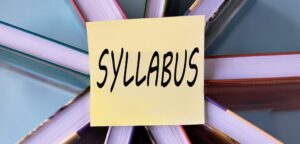
Convincing Students to Read the Syllabus
It seems like the most basic of course tasks: reading the syllabus. Yet, so often, student don’t do it. If you’re as tired as I am of responding to emails that could be easily answered by consulting the syllabus, you know we need some fresh












